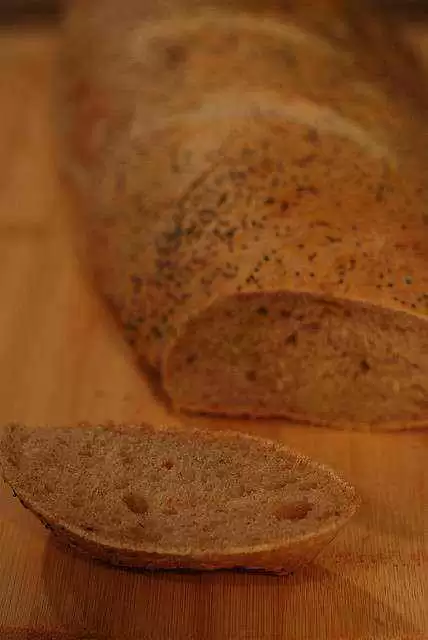From Brian Kuhl (Open Original Shared Link) of Dantec Corp. - Waterloo, ON, Canada
(Celiac.com 06/12/2000) I work for a company that supplies computerized control equipment to the grain handling industry. I have been in grain elevators across Canada and the US. I have limited experience with flour mills. Virtually all grains and bean crops are contaminated, their is little economic incentive for the elevators to fix this problem as most often a small amount of a less expensive crop is contaminating a more expensive one. I have even seen elevators intentionally contaminate certain high price commodities (i.e. bean crops), though to be fair most of this is removed by cleaning equipment at the mills. And if the allowable limits are exceeded the train-car or transport-truck will be rejected by the mill and sent back to the elevator at a considerable expense. Since all grains are moved by the same equipment and this metal equipment is forever wearing out allowing small amounts of amounts of grain to spill into the holding area for another. Also the same equipment is used to move different grains, it is possible for a truck carrying one grain to dump into the same elevating equipment that was just used to carry another, a certain amount of residue is left in even the most well maintained equipment.
Celiac.com Sponsor (A12):
As someone with mild wheat intolerance (I have never been tested for celiac), I do not worry about this. The intolerance is not an allergic reaction, the miniscule amounts of gluten I would encounter from this sort of thing is miniscule, and I have never had a symptomatic reaction to any oat product. But I am forever reacting to restaurant food that has been dusted with flour, or potato soups that have been thickened with flour. My worst experience is when I was served cream-of-wheat as oatmeal.





Recommended Comments